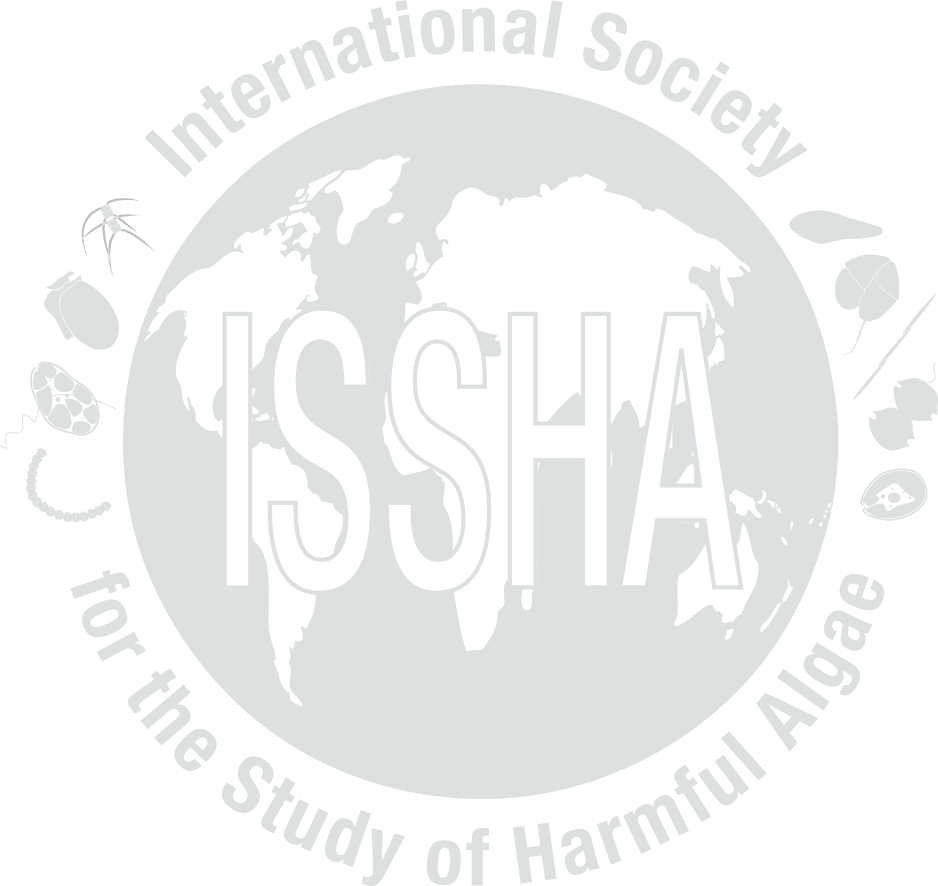|
Location:
|
Latitude: , Longitude:
|
|
General location information:
|
Clatsop Beaches and central beaches., Oregon.
HAB Area code(s): US-22
|
|
Additional location information:
|
Pacific NW, USA.
This event was evident along the entire coast line, north to south, but mainly on the Clatsop beaches where razor clam habitat is abundant.
Shellfish sampled from coastal bays did not reach toxic levels during this event.
|
|
Bloom event dates (yyyy/mm/dd):
|
Start: 2002-10-08, |
|
Quarantine levels dates (yyyy/mm/dd):
|
|
|
Additional date-related information:
|
Final date: ongoing.
The largest wild harvest area for molluscan shellfish in Oregon is Clatsop Beach, on the northern tip of the state. Clatsop Beaches started 2002 open for commercial and recreational harvest. Domoic acid levels ranged from 17 – 10 ppm from January to April, still declining from the levels seen during an August 2001 closure, (levels peaked at 33 ppm in 9/01). DA levels in razor clams were < 3 ppm by mid-September 2002. DA levels elevated to the 3 – 5 ppm range in late September. Early October saw a rapid rise in domoic acid levels on Clatsop Beach from 7 - 9 ppm on 10/2/02, to 29 – 37 ppm on 10/8/02. An closure was issued on 10/10/02, with an advisory to discard any clams harvested after 10/5/02. Unfortunately, this closure occurred during the best digging tides of the fall opening season. Domoic acid levels on Clatsop Beach peaked at 117 ppm late October and had dropped to the 50 – 90 ppm range by December 2002.Domoic acid in central Oregon coast razor clams elevated a little later and to a lesser peak than the north coast beaches. Levels were 8 ppm on 10/8/02 and rose to 61 ppm on 11/03/02.Mussels from the coastal rocks tested during October of 2002 were 3 – 15 ppm for domoic acid. DA levels in mussels before and after October was below detection (<1 ppm). Oysters and clams, at the mouths of the north coast bays, also tested in the 3 – 5 ppm range for domoic acid during October 2002.
|



